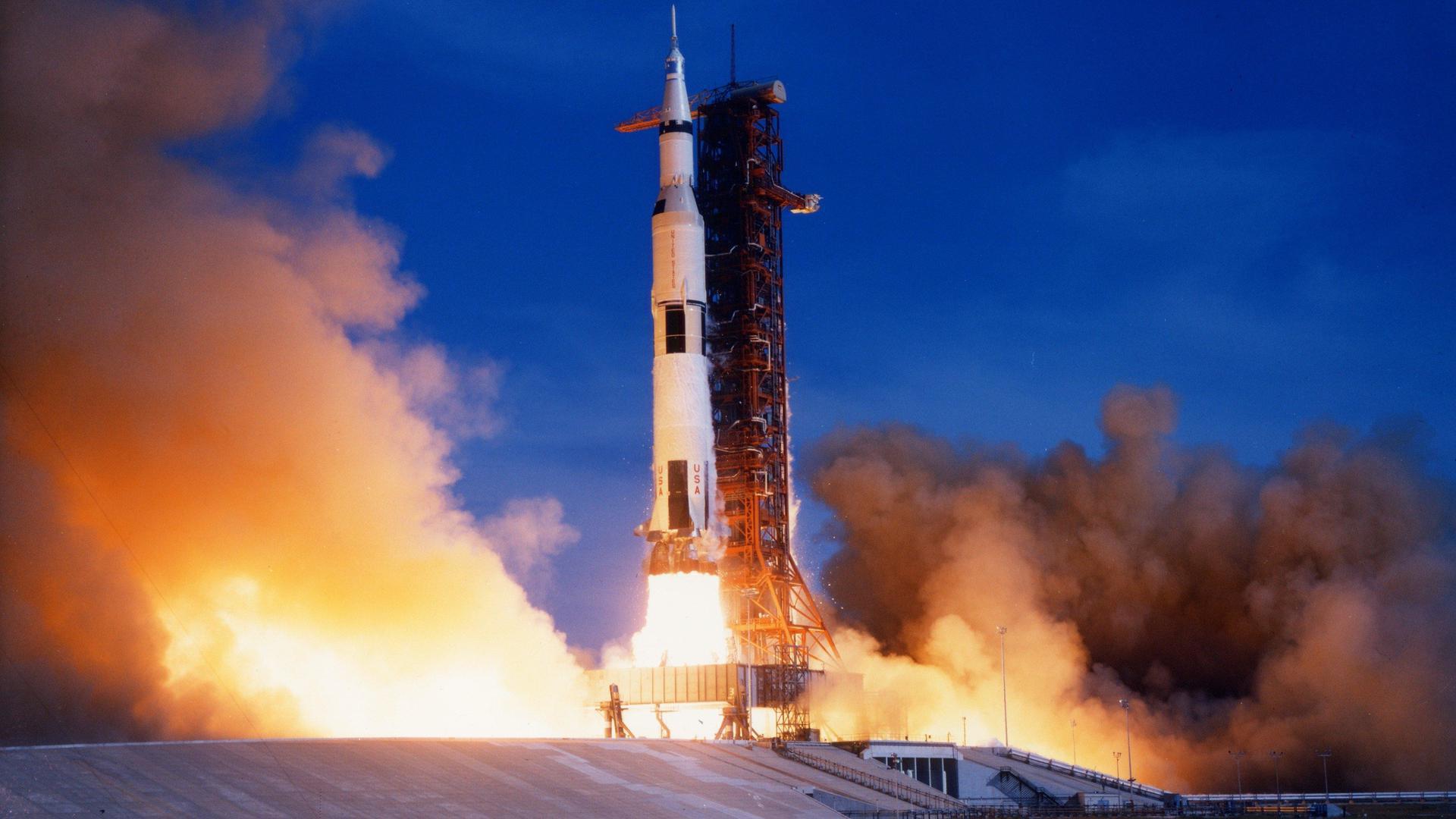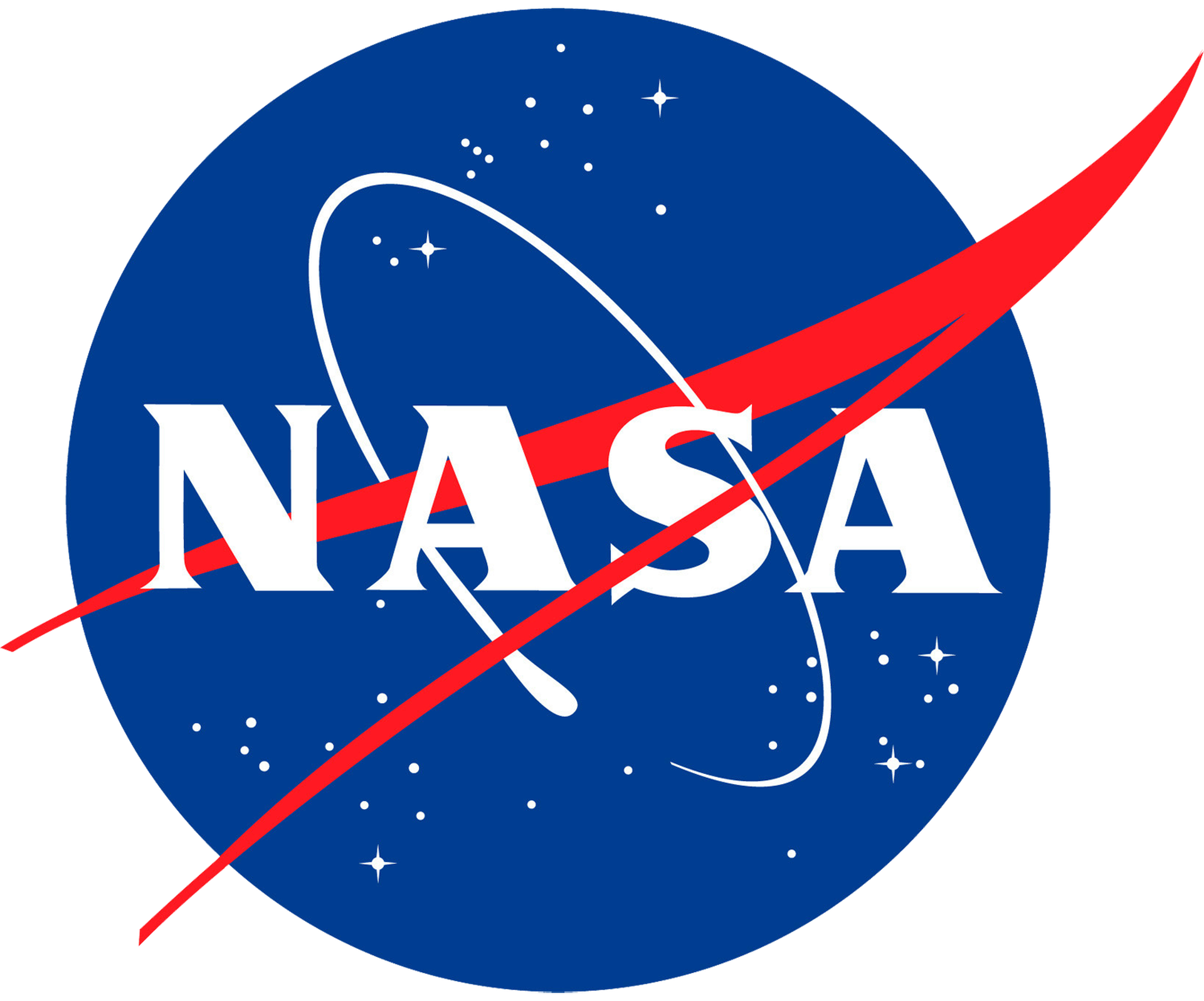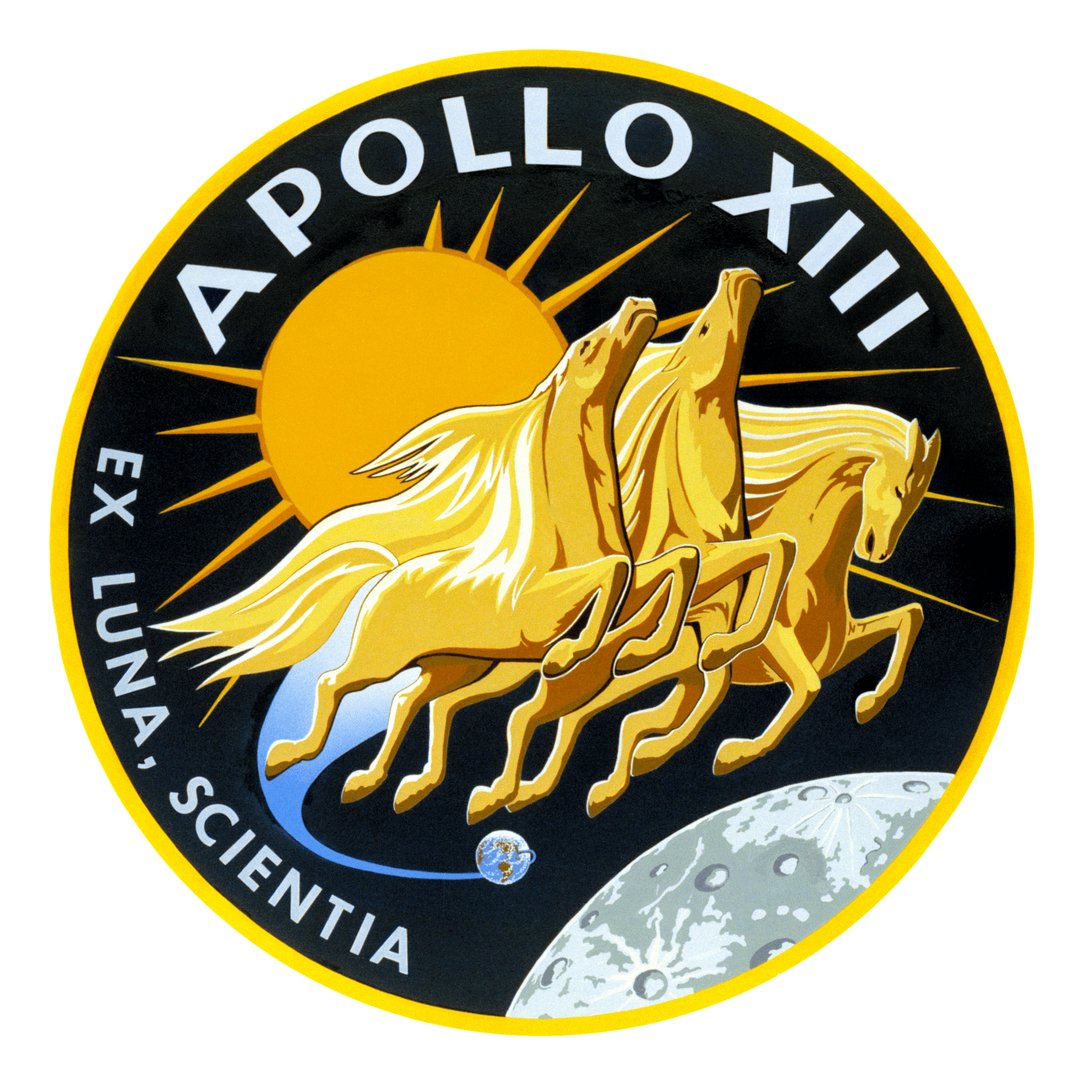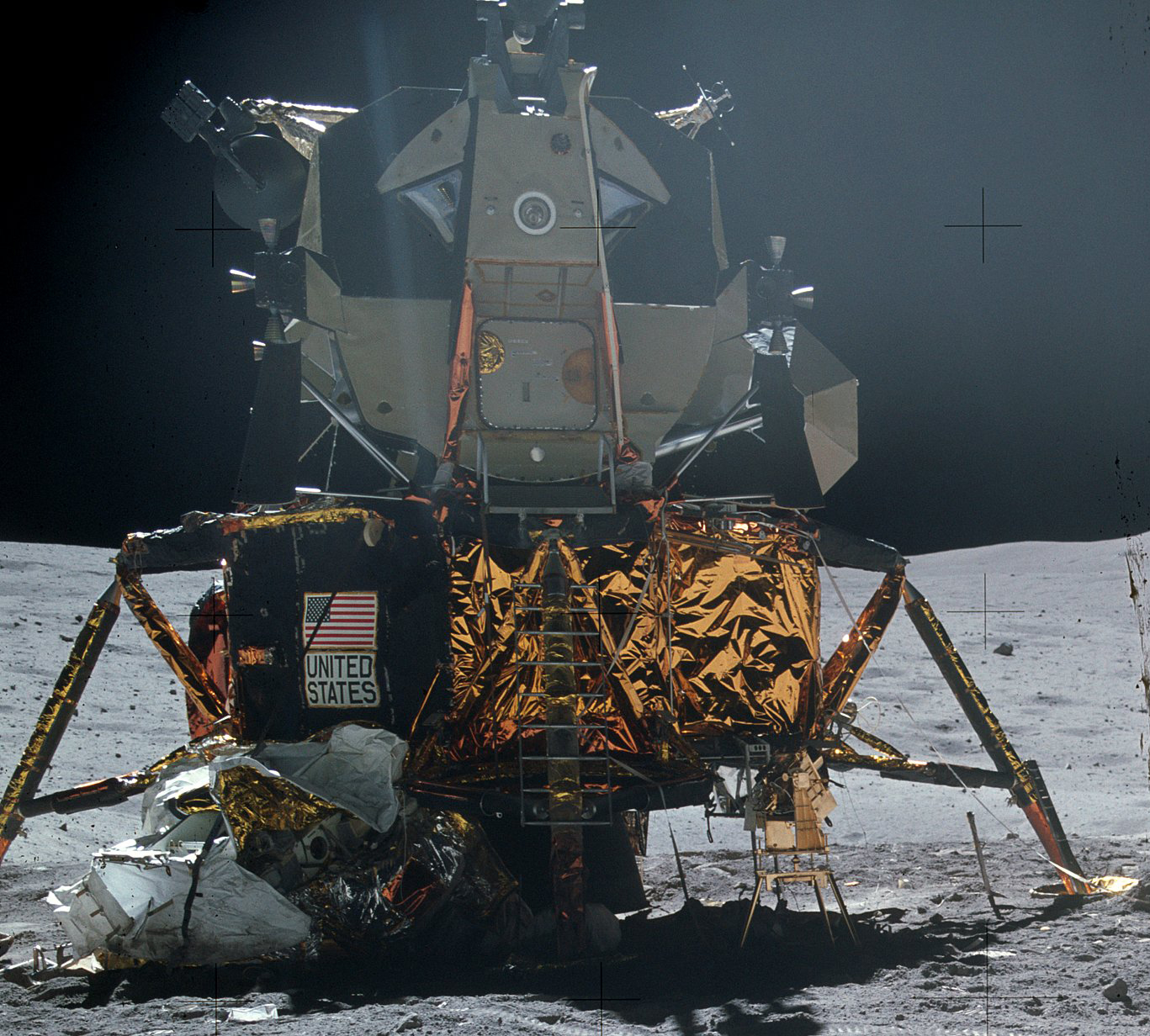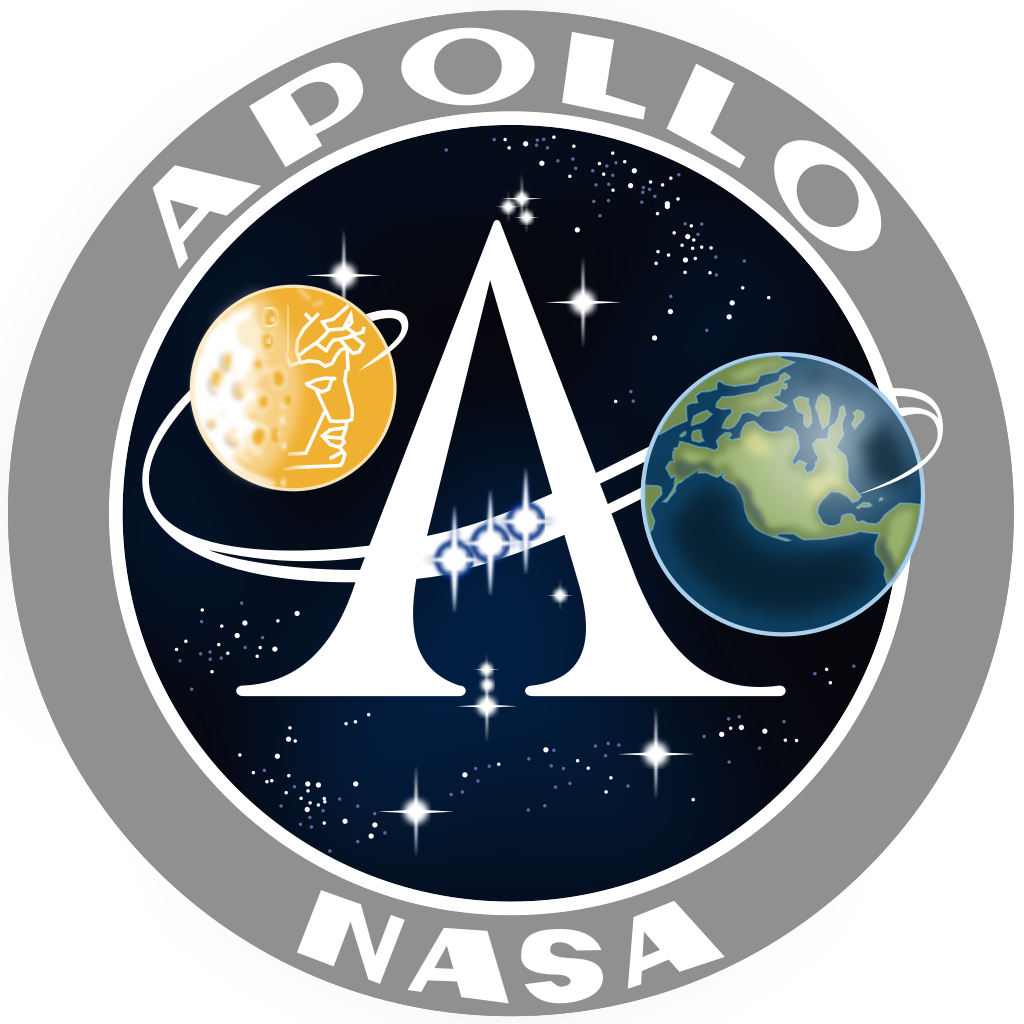Saturn V | Apollo 13
Launch Complex 39A
Kennedy Space Center, FL, USA
T?
--
Days
:
--
Hours
:
--
Mins
:
--
Secs
Date Loading...
National Aeronautics and Space Administration
The National Aeronautics and Space Administration is an independent agency of the executive branch of the United States federal government responsible for the civilian space program, as well as aeronautics and aerospace research. NASA have many launch facilities but most are inactive. The most commonly used pad will be LC-39B at Kennedy Space Center in Florida.
Apollo 13
Apollo 13 was the famous mission that never made it to the moon's surface because of a catastrophic malfunction on board, but the astronauts did return safely to the Earth. The mission was commanded by Jim Lovell, the Command Module Pilot was Jack Swigert, and the Lunar Module Pilot was Fred Haise. The mission launched on April 11th, 1970 and the Capsule safely landed in the ocean on April 17th, 1970.
LM Aquarius
Serial LM-7
Launch Crew Count 0
Status Destroyed
Landing Time 1970-04-17T16:43:00+0000
Saturn V
Height 110.60 Meters
Max Stages 3
Mass To GTO 0 kg
Liftoff Thrust 35100 kN
Diameter 10.10 Meters
Mass To LEO 140000 kg
Liftoff Mass 2970 Tonnes
Launch Success 12
Consecutive Success 11
Maiden Flight 1967-11-09
Launch Failures 1
Programs
Apollo
The Apollo program was the third United States human spaceflight program carried out by the National Aeronautics and Space Administration (NASA), which succeeded in landing the first humans on the Moon from 1969 to 1972.
Related News
2024-05-03T14:30:00+0000
SpaceNews
Failure is not an option: learning from Apollo 13
2020-04-11T16:05:31+0000
Arstechnica
The Greatest Leap, part 5: Saving the crew of Apollo 13
2020-04-06T19:32:00+0000
NASA
